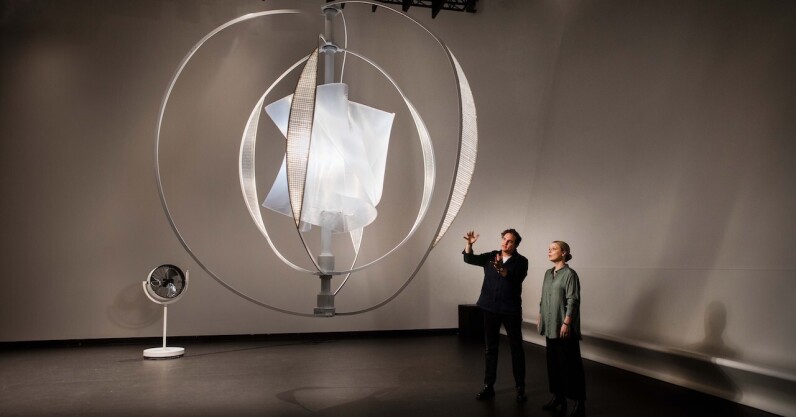
Neuroscientists at Columbia University observed a curious thing. When they asked a group of test subjects to concentrate on a painting of an angel wielding a sword, they found it triggered responses in the subjects’ wrists. Others have reported the sensation of dancing when observing Degas’ Ballerinas. This is due to a process called embodied cognition. When we view a piece of art, our brain mirrors actions depicted on the canvas. Not only can art inspire physical action, it can also stimulate emotion and make the intangible feel tangible. According to eco artist Thijs Biersteker: Context is also important in…
This story continues at The Next Web

No comments:
Post a Comment